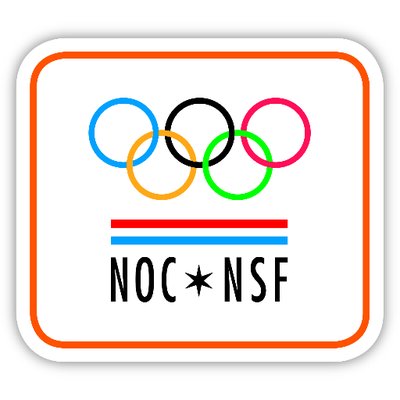
Sport policy in Netherlands is well described in the publication “Sport policy in the Netherlands” (Maikel Waardenburg & Maarten van Bottenburg Published as: Waardenburg, M. & van Bottenburg, M. (2013International Journal of Sport Policy and Politics, 5(3): 465-475.) The Ministry of Health, Welfare and Sport (VWS) in Netherlands is governing the Sport and movement national policy. The Netherlands is a constitutional monarchy counting 16.8 million inhabitants on 3.4 million hectares land area. According to the “Dual Career quality framework research report”, commissioned by the European Union, there are 7000 elite athletes in Netherlands. There are 75 national sports associations (NSO) in Netherlands that represent the governing bodies of the specific sports and they are part of the national sport umbrella organization NOC*NSF. The largest NSO is the soccer federation, with 1.18 million members in 2010, followed by tennis (690,370), golf (353,165) and gymnastics (255,281). According to Waardenburg, M. & van Bottenburg, M (2013) while sport participation in the Netherlands can be provided through schools, playgrounds, local community buildings and commercial organisations, the large majority of sport participation and sport activities is organised through local voluntary sport clubs (VSCs). Of a total of 28.000 clubs, a little over 25.000 are registered (through their respective national sport association (NSO). Today, approximately 1.5 million volunteers (mainly club members, parents of youth club members, and former club members) and 13,000 paid employees (3,600 full-time equivalents) are involved in running these clubs (Goossens et al., 2008). Today, the most important governmental actor in the Dutch sporting structure are the 443 municipalities: they account for 87 per cent of public spending on sport, mainly for the construction and financial management of sports facilities and venues (Goossens et al. 2008). The twelve Dutch provinces are responsible for regional planning and environmental matters and fund so-called provincial sport councils, which provide assistance to sport clubs and other sport providers at the local level.
In 1994 a new cabinet, formed by social democrats and right and left wing liberals took office. A former Olympic medalist, Erica Terpstra - president of NOC*NSF between 2003 and 2010 - was appointed State secretary of sport. When the new cabinet took office it changed the Ministry of Welfare, Health and Culture into the Ministry of Health, Welfare and Sport, symbolizing the predominance of health over welfare and, second, the promotion of sport as a policy domain in its own right. For the first time in history, the term ‘sport’ appeared in the name of a Dutch ministry. In 2011 the budget for elite sports amounted to 36.3 million euro. The establishment of a Fund for the Elite Athlete in 1994 marked the starting point for this policy change. It was followed by a systematic and coherent elite sport policy process directed towards improving the ‘elite sport climate’ (Van Bottenburg 2000). Initially, the main goal of this policy was to utilize the social value of elite sport by giving support to national sport organisations, improving the social conditions of elite athletes, and counteracting negative side-effects of elite sport (Ministerie van VWS 1998)
According to the “Dual Career quality framework research report”, commissioned by the European Union on national level, 4 centres for elite sports and education (CTO) and 4 national training centres (NTC) provide fulltime elite sports programs containing social studies from the age of 16. These CTOs and NTCs have arrangements and partnerships with educational institutions to enable dual career at each educational level. Within the centres staff like life style coaching and educational tutors are active. Coaching towards and within labour is done in collaboration with Randstad.
Useful links : http://primehp.co.za/wp-content/uploads/2017/09/Ingrid-van-Gelder_Dual-Career.pdf
According to Ingrd van Gelder:“It is important to invest in a Dual Career because only 30% of high potential athletes develop into elite athletes”
“Elite Sports Infrastructure & Dual Career”( Ingrid van Gelder NOC*NSF
Forum Elite Sport Durban, 25 August 2017).
The following Centers of elite sport and education – CTO in Netherlands function today: CTO Amsterdam, CTO Noord, CTO Zuid, CTO Metropool Den Haag Roterdam, CTO Papendal. Their activity is regulated by the Regional Elite sport organisations.
RTO Limburg – National training center
RTO Metropol Den HAAG - CTO Metropool Den Haag Roterd
RTO Noord – CTO Noord
RTO Noordwest – CTO Amsterdam
RTO Oost – CTO Papendal
RTO Utrecht- National Training ceter
RTO Zuid – CTO Zuid
Status of athletes in Netherlands S and S1 receive:
-Full time coach driven training
-Training, study, work and living at 1 location
-Elite sport culture, exchange between sports
-Nutrition, strength and conditioning
-Medical Services
-Mental practices
-Sport science and innovation training
-(After) Career Coaching
-Top sport lifestyle coaching
-Study advice